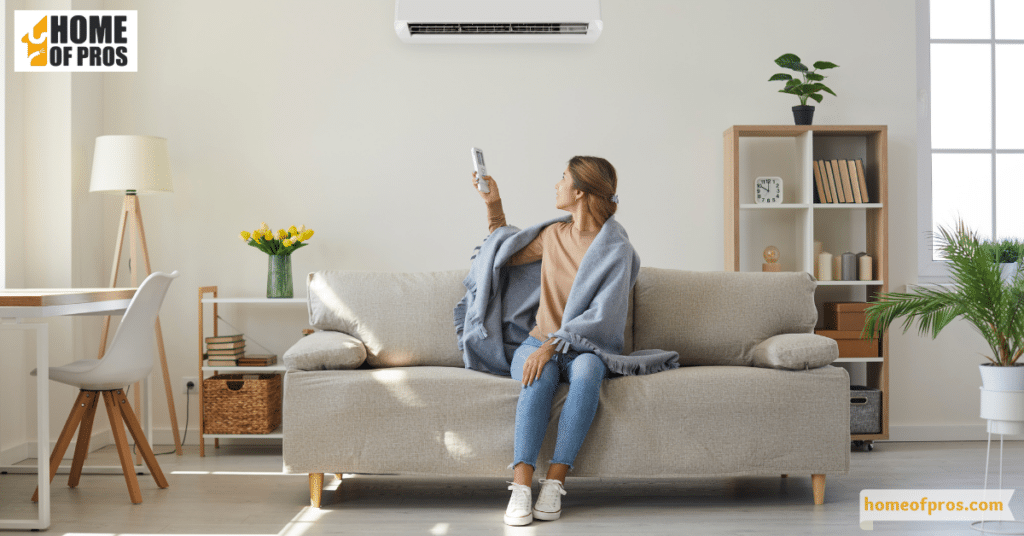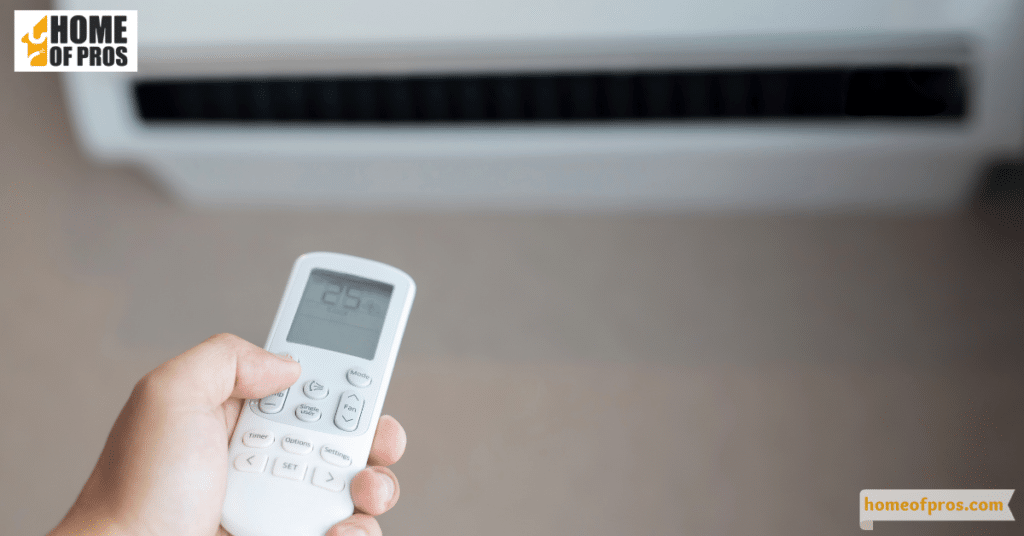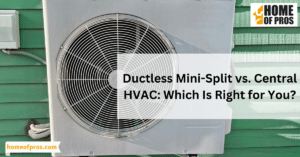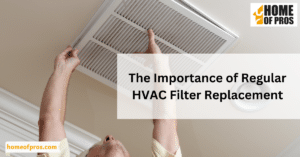Higher energy bills, uneven temperatures, and strange noises or odors are all warning signs that your HVAC system may need repair. Don’t ignore these signals, as timely attention can save you money, maintain comfort, and ensure better indoor air quality.
Your home’s comfort depends on a silent guardian – the HVAC (Heating, Ventilation, and Air Conditioning) system. It’s the unsung hero that keeps us cozy in winter and cool in summer. But, like any machinery, HVAC systems can falter. In this article, we’ll delve into seven crucial signs that your HVAC system may need repair. Overlooking these indicators isn’t just about comfort; it affects energy efficiency and the air you breathe indoors.

1. Rising Energy Bills
If you’ve noticed a steady increase in your monthly energy bills, it’s a clear indication that your HVAC system may be in need of repair. Several factors can contribute to rising energy costs. Dirty or clogged air filters force your system to work harder to maintain the desired temperature, resulting in increased energy consumption.
Leaking ducts can also cause conditioned air to escape before it reaches its intended destination, leading to inefficiency and higher bills. Moreover, low refrigerant levels or a malfunctioning thermostat can cause your HVAC system to run longer than necessary, driving up energy costs. Addressing these issues promptly not only saves you money but also reduces your environmental footprint by decreasing energy consumption.

2. Inconsistent Temperature
Uneven heating or cooling throughout your home can be a source of frustration and discomfort. If you find that certain rooms are consistently too hot while others remain too cold, it’s a sign that your HVAC system isn’t distributing air evenly.
Potential culprits include blocked vents, imbalanced airflow due to duct issues, or malfunctioning components within the HVAC system. This inconsistency not only affects your comfort but also forces your HVAC system to work harder to compensate, resulting in increased energy usage and added wear and tear.

3. Strange Noises
Unusual sounds emanating from your HVAC unit can be a cause for concern. Hissing, whistling, banging, clanking, or rattling noises may indicate various problems within the system. Hissing sounds can point to air leaks, which compromise efficiency. Banging or clanking sounds might signify loose or damaged components, potentially leading to more significant issues if left unattended.
Rattling noises could result from debris within the ductwork, which can obstruct airflow and decrease efficiency. Ignoring these sounds can lead to more substantial system damage and even complete system breakdowns, making timely inspection and repair critical.

4. Unpleasant Odors
Detecting foul or musty odors emanating from your HVAC vents is a clear sign that something is amiss. These odors can result from mold or mildew growth within the HVAC system, often due to moisture buildup.
Additionally, burnt electrical components can produce unpleasant smells. Poor indoor air quality and potential health issues are associated with these odors, making it crucial to address this problem promptly. Addressing this issue not only improves your comfort but also safeguards your health.

5. Poor Airflow
Weak airflow from your HVAC vents is a noticeable issue that can result from several factors. Clogged or dirty air filters can obstruct the flow of air, making it harder for your system to reach the desired temperature. Blocked ducts can also restrict airflow, preventing warm or cool air from reaching different parts of your home.
Additionally, a failing blower motor may struggle to push air effectively. Poor airflow not only makes your HVAC system less efficient but also increases the time it takes to reach the desired temperature, leading to higher energy bills. Regular maintenance, including filter changes and duct cleaning, can prevent this issue.

6. Frequent Cycling
If your HVAC system turns on and off frequently, a phenomenon known as “short cycling,” can lead to increased wear and tear on the system. Several potential causes include a malfunctioning thermostat, an oversized unit, or a faulty compressor.
Frequent cycling puts unnecessary stress on the system, potentially leading to premature failure and costly repairs. It also compromises energy efficiency, as the system doesn’t have enough time to operate efficiently. Prompt attention is crucial to address this issue and extend the system’s lifespan while reducing energy costs.

7. Visible Leaks or Moisture
The presence of water around your HVAC unit or condensation on ductwork is an issue that should not be ignored. These signs can indicate problems such as a refrigerant leak, a malfunctioning condensate drain, or even poor insulation in your ducts.
Moisture can lead to mold growth, which negatively impacts indoor air quality and can cause structural damage over time. Additionally, refrigerant leaks can be harmful to the environment. Addressing these leaks promptly is essential to prevent further damage and maintain the integrity of your HVAC system.

In conclusion
Being attentive to the top 7 signs that your HVAC system needs repair is not just about maintaining comfort; it’s about safeguarding your finances, health, and the environment. Rising energy bills, inconsistent temperatures, strange noises, unpleasant odors, poor airflow, frequent cycling, and visible leaks or moisture all serve as critical indicators that your HVAC system requires attention.
Ignoring these signs can lead to escalating costs, discomfort, and even health issues. Timely inspection, maintenance, and repair are your allies in ensuring your HVAC system operates efficiently, effectively, and for the long term, ultimately enhancing your overall quality of life.











